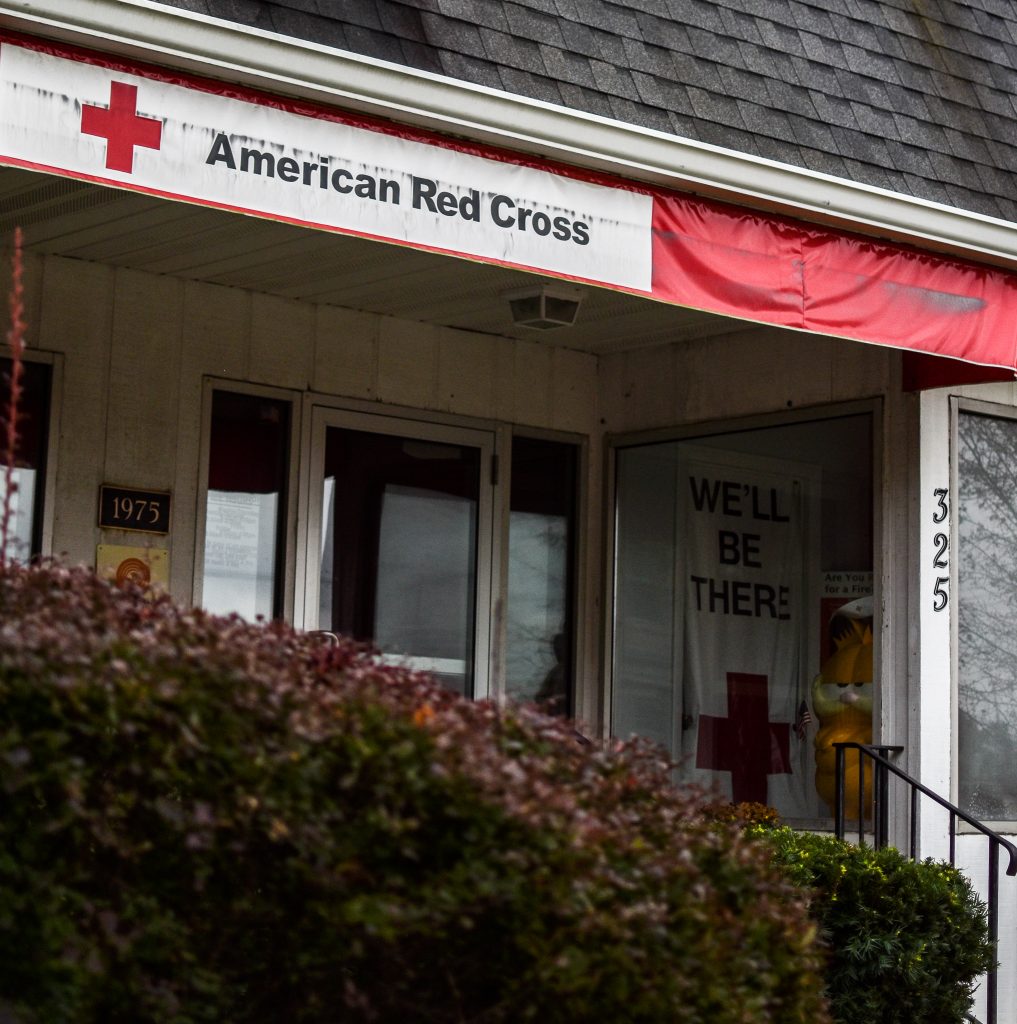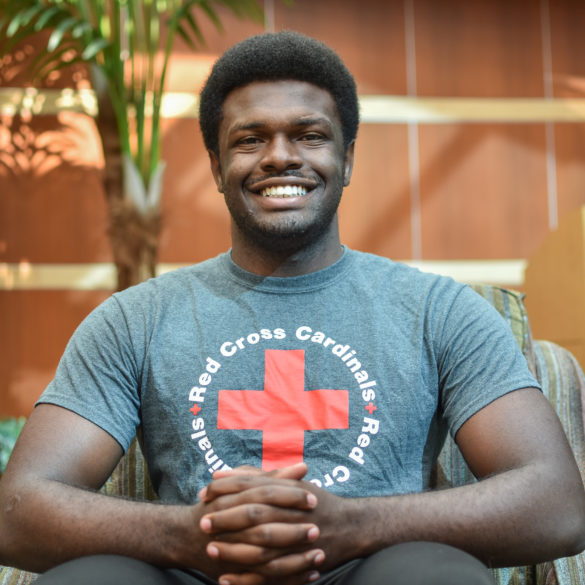Is “Slacktivism” an appropriate term to define social media based volunteering efforts?
With the rise of so called slacktivism, online-based support for an issue with minimal effort, it is hard not to feel that traditional activism has been marginalized into something that can be liked, shared, and hashtagged.
For some students, activism goes beyond their phones.
Brendan Jones, a Ball State University sophomore, is looking for ways to enrich his university’s approach to philanthropy. As a freshman, he saw a need for service when he came across a disbanded Red Cross club tab on the Ball State Benny Link page, a website listing different clubs and organizations at Ball State.

“Coming in my freshman year, I was really eager to get out and do a lot of volunteering and philanthropy work because in my area there was a lot of need for it, but there weren’t a lot of programs where you could go out and help the community,” Brendan says.
Brendan decided to reach out to the Red Cross of Muncie to find what he could do to get involved with the organization. After going to a few meetings and participating in their volunteer efforts, Brendan began exploring ways to bring the Red Cross back to Ball State.
Brendan is among the growing population of philanthropy-driven teenagers within Generation Z. The Bureau of Labor Statistics reports that teenagers age 16 to 19 have exhibited a volunteer rate of 26.4%. While this may seem like a low percentage of participation, it’s consistent when compared to 35 to 44 year olds (28.9%) and 45 to 54 year olds (28%).
These figures are qualified by a survey conducted by the Corporation for National & Community Service in 2017 found more than 30% of American adults volunteered to help others and their community.
For Brendan, volunteering is an act of empathy.
“I know that if one or two things may have happened differently in my life, I could be the person on the other side of the table,” Brendan says.
Shannon McGregor, assistant professor at the University of Utah, believes that in some cases online activism can be the gateway for individuals to become more involved with traditional activism.
McGregor researches the role social media plays in the political process. Her published works specialize in addressing how political actors, the press, and the public specifically use social media in politics and how it affects their behavior.
“I don’t necessarily like the term [slacktivism],” says McGregor, who believes the term is “condescending” and could lead people away from activism.
On average, people are spending an estimated 2 hours each day on social media alone, according to Statista. Platforms such as Twitter, Facebook, and Instagram, users are exposed to lighthearted content as well as changing activist movements.
In one of McGregor’s published works, Twitter’s influence on news judgment: An experiment among journalists, examined the writing of journalists who used Twitter regularly. While Twitter created a higher risk for pack journalism, or journalists all reporting on the same topic, it also allowed for a larger variety of ideas to be heard that may not have been amplified otherwise.
McGregor says there needs to be a balance when it comes to social media.
“On the one hand, it allows more people to communicate about politics. But of course, it has also made the extreme views that might have previously been hidden more apparent and out in public.”
McGregor says she believes online-based volunteering is more positive than negative. She says this provides a direct route for people to get involved in activism while also serving as a platform where people can find issues they care about.
“You get them fired up enough to participate in something,” McGregor says.
Brendan agrees. “You can get media attention and have these big events that can start movements without necessarily needing to have a thousand people in one square all chanting the same thing.”
Brendan says it will take time for online activism to translate to people getting out and helping people in real life, but social media is a start.
With 68% of the adult American population receiving at least a portion of their news from social media, what is branded as slacktivism may be the key to engaging the most amount of people possible.




